The Green Watchdog - The Noel D'Cunha Sunday Column
Print industry tackles negative eco-assumptions through halving carbon footprint or launching green initiatives or energy efficient lighting. Some firms are controlling waste or recycling material or commissioning solar panels or wind energy projects.
This Sunday Column (in two parts) is a compilation of how firms are reducing their environmental impact.
30 Jun 2019 | By Noel D'Cunha
| B Manoharan, Hitech Print Systems, Andhra Pradesh |
|---|
|
We’ve commissioned a 160KWph solar plant with panels over the sheds at our second plant in Telengana, Hyderabad – 24,000 sq.ft. on Block 1 and 13,000 sq.ft. on Block 2 – for captive requirement, reducing the draw of power from state grid to almost nil. Frequent power failures resulted in several breakdowns, which also negatively affected the functioning of our machines. However, the area where our plant is located is very high on solar efficiency, which made us look into the solar project. The plant was installed with the help of our expert team. We’ve also planted over 300 trees, including mango saplings, along the internal roads and buildings. We’ve also incorporated interlocking tiles for the rainwater to reach the ground. The site where the plant is located was once a dry and rocky land. So, to improve the environment and air quality for those working in that premises, we planted 300 trees in two phases — 115 in the first phase and 185 on the occasion of Harithaharam, an initiative by Telengana State Government on August 7, 2018.
We even sought help from a horticulture expert for finding out suitable trees that could grow in that area. Thereafter, we involved our entire workforce to plant the trees, which was tagged with names of each employee who would then take care of the tree every day. By using solar power, we managed to reduce power consumption from the grid, which relies mainly on coal to generate electricity. Meanwhile, the trees along the road until the plant provide shadow and fresh air, thus contributing to greenery and clean environment. With a strong commitment to improving the environment in and around the workplace, every manufacturing industry can contribute to a better environment and a better world. |
| K Selvakumar, Lovely Offset Printers, Sivakasi |
|---|
|
We took several small steps to make our factory more environment-friendly. First was the reduction of waste in every possible way. We sourced materials in the right size to avoid trimming and reduced process waste through technology, training and constant monitoring. We also reduced power consumption, avoided air leaks and unnecessary usage of solvents and other hazardous chemicals in our factory. We have about 2000KW of wind power and 100KW of solar power generators to generate green energy. Our entire plant has been equipped only with LED lamps. We have created two Miyawaki forests with roughly 1,000 trees and are planning to plant another 6,000 trees depending on the climatic conditions. We also water the trees and plants within our factory with water recycled from our toilets. We also have an extensive rainwater harvesting system, which is very helpful in maintaining the groundwater level in this water-starved area. The idea was born out of necessity. It is the responsibility of every human being to reduce the carbon footprint. We started this journey several years ago. We translated this idea into reality through hard work and perseverance.
The idea enabled a definite reduction of greenhouse gases and solid waste. This not only is environmentally friendly but also improves profitability in the long run. Apart from the satisfaction of doing something good, the awareness created among our employees is encouraging. I hope we will be able to go further. |
| RC Gupta, Suraj Digital Offset, Bastar, Chhattisgarh |
|---|
|
We have been recycling waste papers, aluminium sheets, electronic goods, and almost all the waste materials since the beginning of our business. The idea is to use everything to its fullest and waste less. We work as a family and have asked each and every staff to contribute their part towards the environment. We are doing our best to contribute towards environment-friendly ways of printing, keeping our environment and society green.
There is a proverb: The journey of a thousand miles begins with a single step. We have taken our small steps hoping everyone will join us on this initiative. |
| Pravin Savla, JP Printers, Mumbai |
|---|
|
We use water-based inks in our digital machine and have selected an eco-friendly machine instead of other machines available in the market, keeping in mind the harmful effects of chemical inks. With this, we were able to reduce the toxic levels of chemicals that can increase the risk of cancer and other ailments caused due to the chemical inks. Our printed labels or pouches are fit for food contact packaging and do not harm the user. |
| Anuj Bhargava, Kumar Labels, New Delhi |
|---|
|
We invented a technology called Single Release with Two Facestocks (SRTF). This reduces label material-related environmental pollution by 50% and it is growing and spreading each day. Soon this would be an industry standard. Release liners are not recyclable. When incinerated, it emits harmful gases. Liners are more expensive than face materials. While playing around with a label one day, we realised that the back side of the liner was unutilised, and then the story began. It was a long, painful journey of three years. From feasibility test to filing patents, to fighting perceptions and notions, we got the first installation done in 2016. It is 50% less polluting and 20% more economical. With this initiative, people have started believing that nothing is impossible.
|
| D Balaji, Trail Blazer, Bengaluru |
|---|
|
Two years ago, we installed solar rooftop panels on our premises. We have installed 120 panels of 360W, generating a total of 43.5 kWA. These are bifacial panels, which take direct sun rays and also their reflection. The idea was born because we have been reading a lot about climate change. The initiative’s benefits to environment and society are immense because the panels generate as much as 5,000 to 7,000 units of electricity a month. They are the only answer to fight climate change. The best thing that came out of this initiative was only the ‘wow’ factor. We expected much more. |
| Apurv Mittal, Jauhari Printers, Varanasi |
|---|
|
Air-conditioner, which has now become a necessity for everyday life, was invented for the printing industry. This marvellous invention produces water, which is generally drained. We re-use this water to wash the rollers. We noticed that the air-conditioner pours out a large amount of water, which, if utilised, could help reduce the water consumption on a daily basis. We installed a separate water tank for storing the water flowing out from the air-conditioner and then use that water to wash the rollers. By using the water excreted by air-conditioners, there is no extra burden put on the water sources. The business also gets an advantage, because electricity consumption is reduced as the water pump is used less. The society, as a whole, gets to use the water saved by us. This small initiative helps in the sustainable development of environment and would lead to a supply of water in water-stressed areas. |


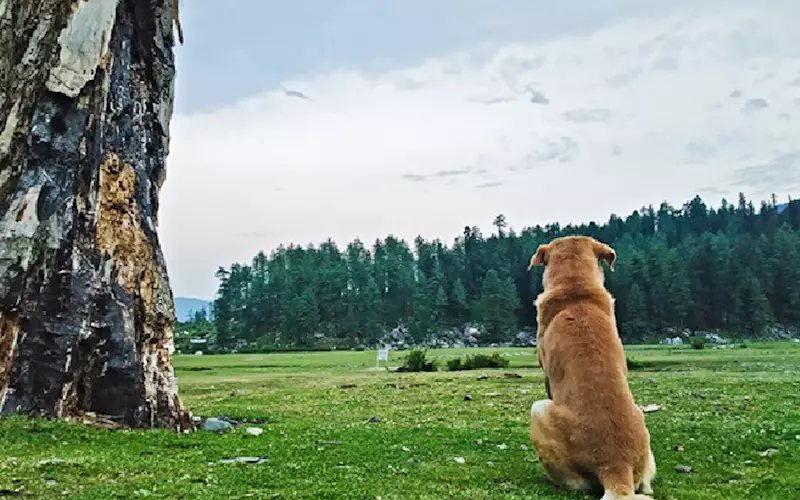
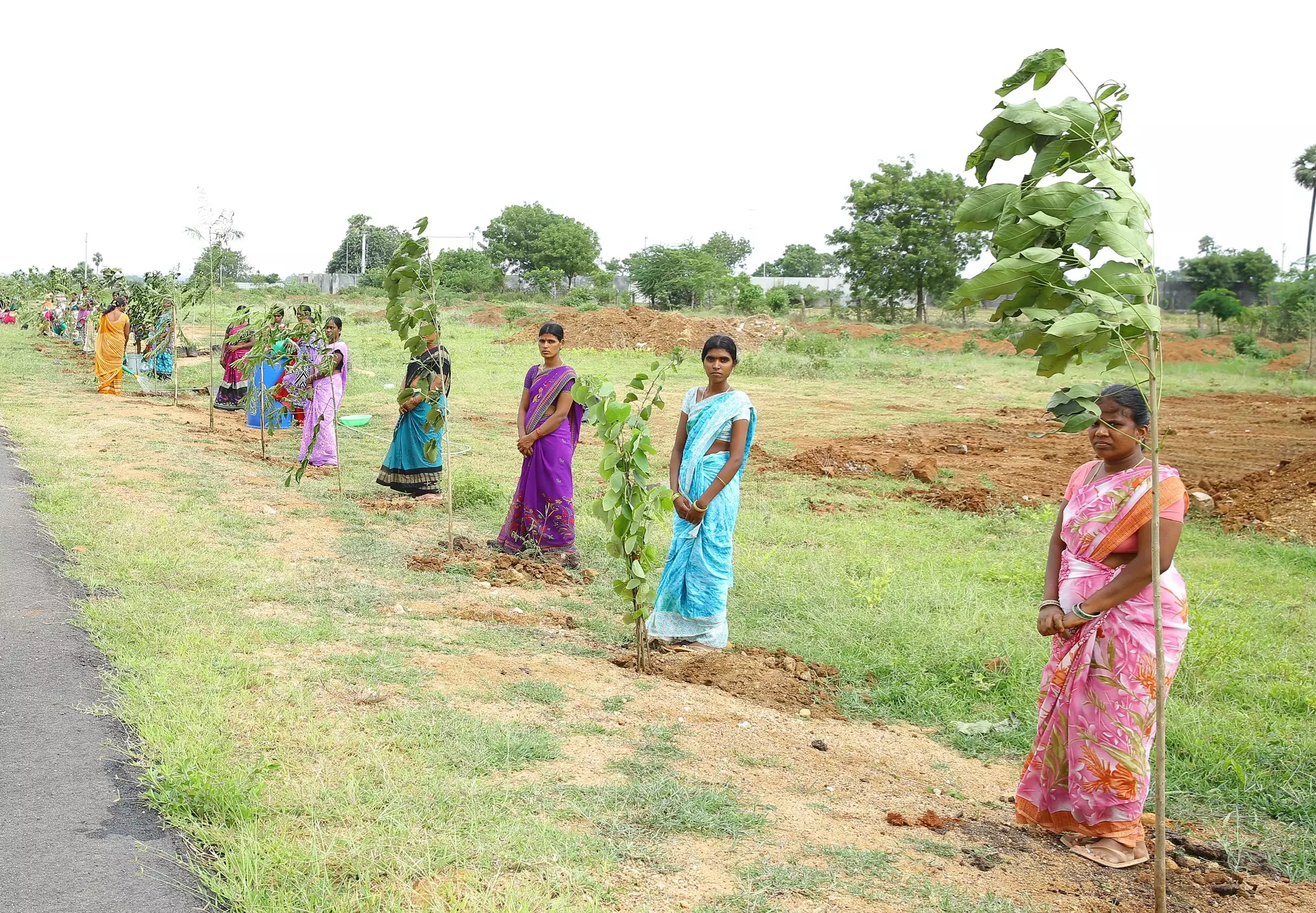
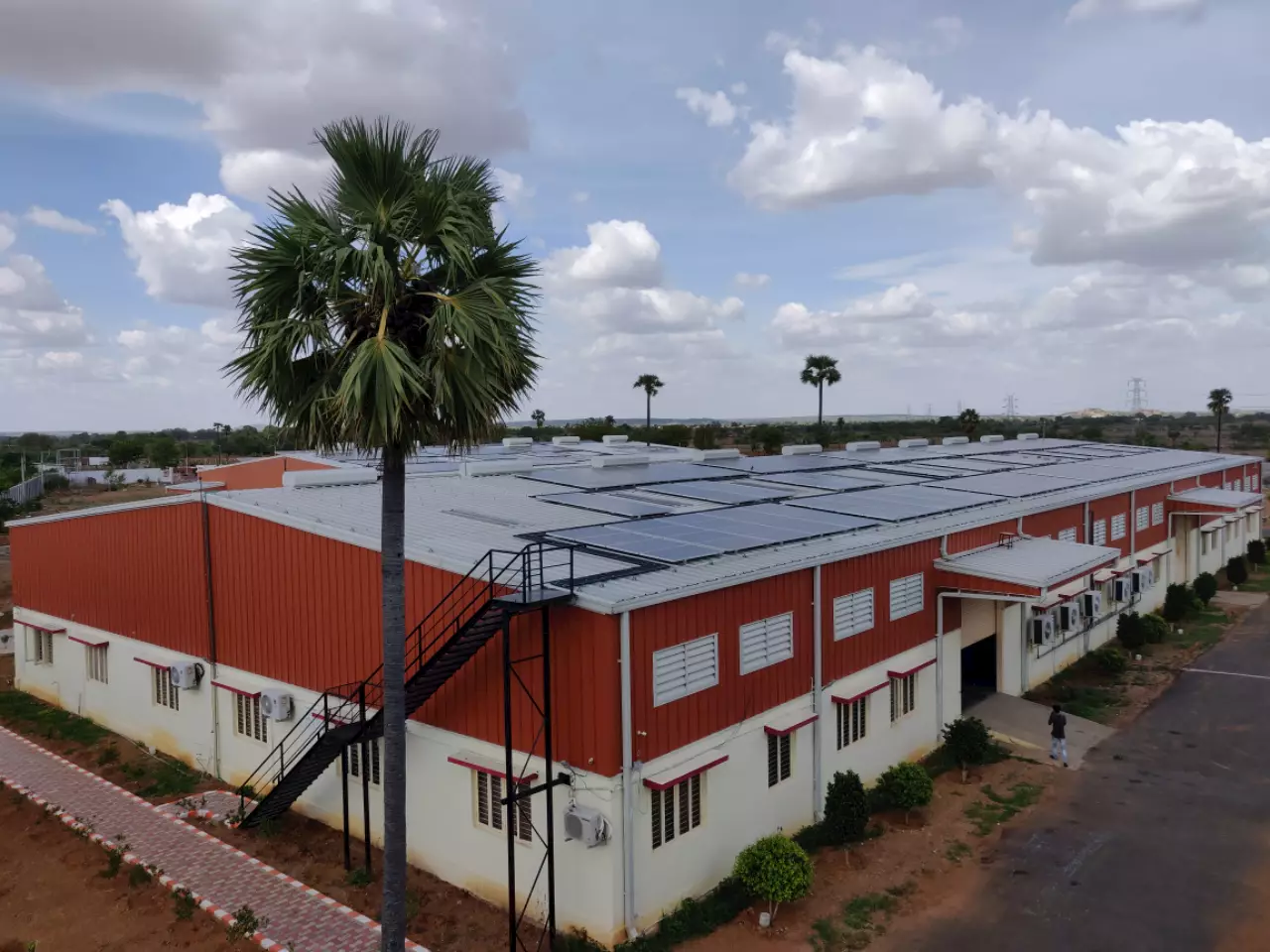


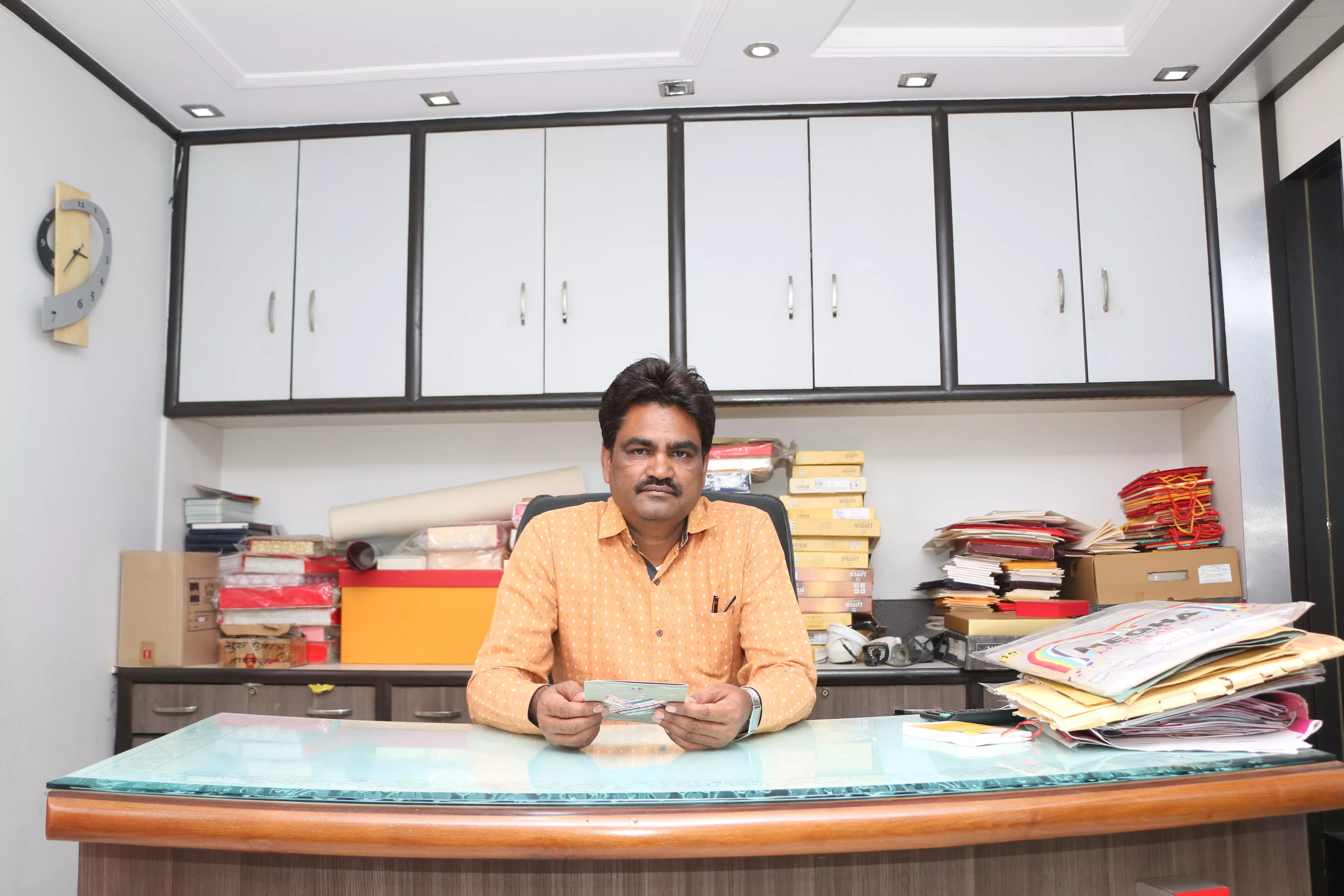

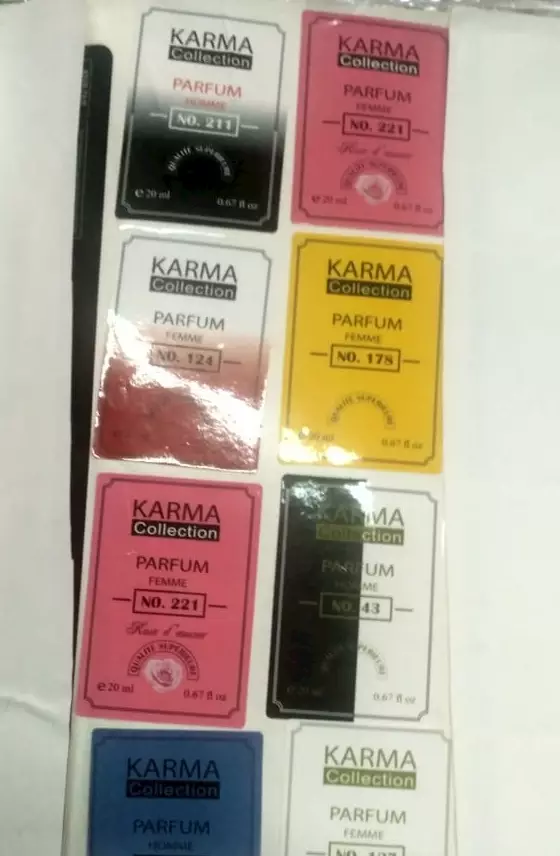

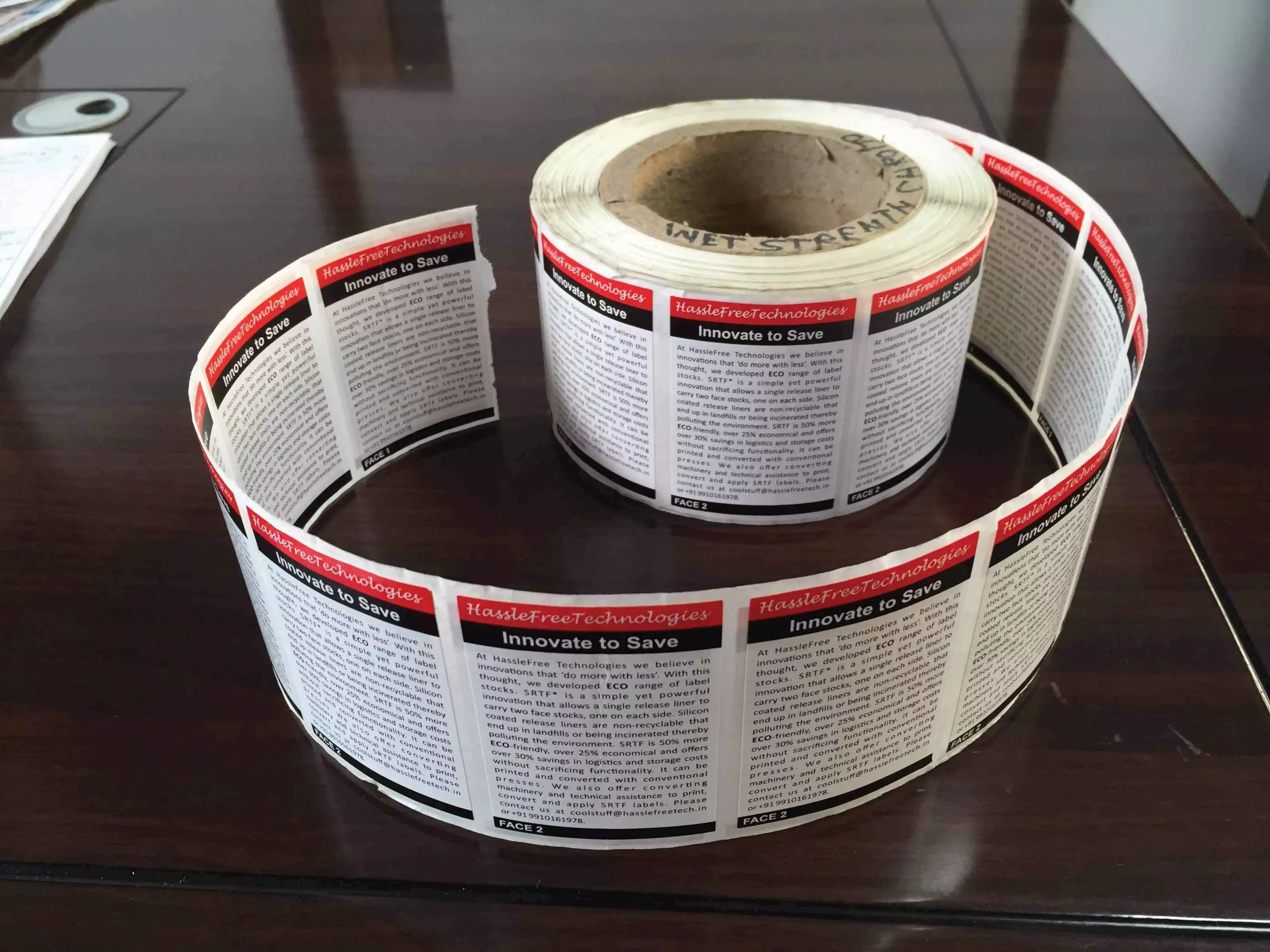
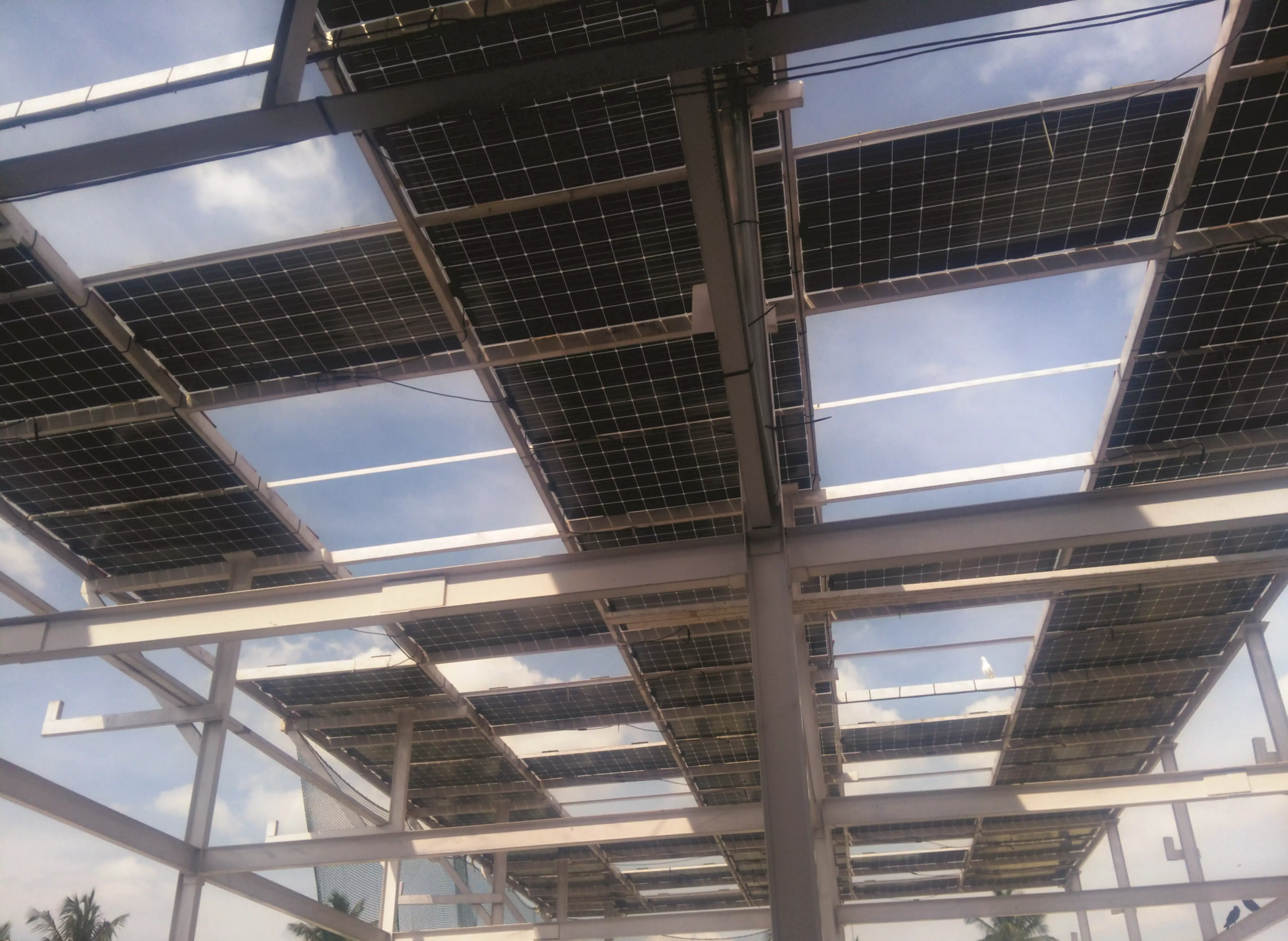












 See All
See All